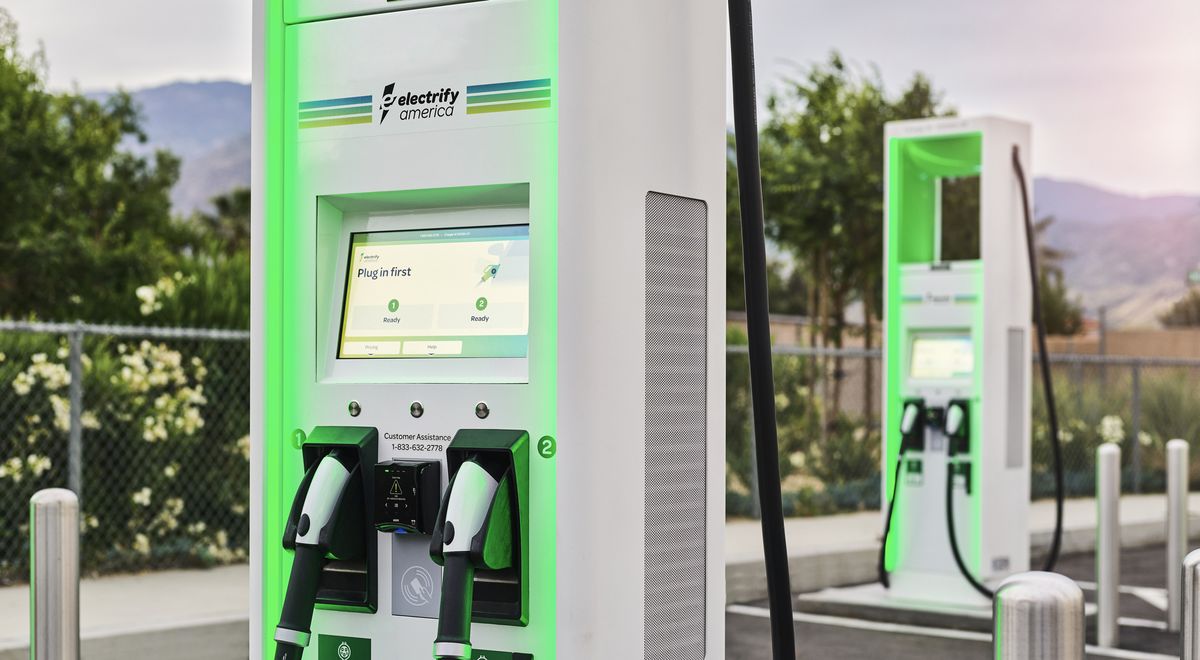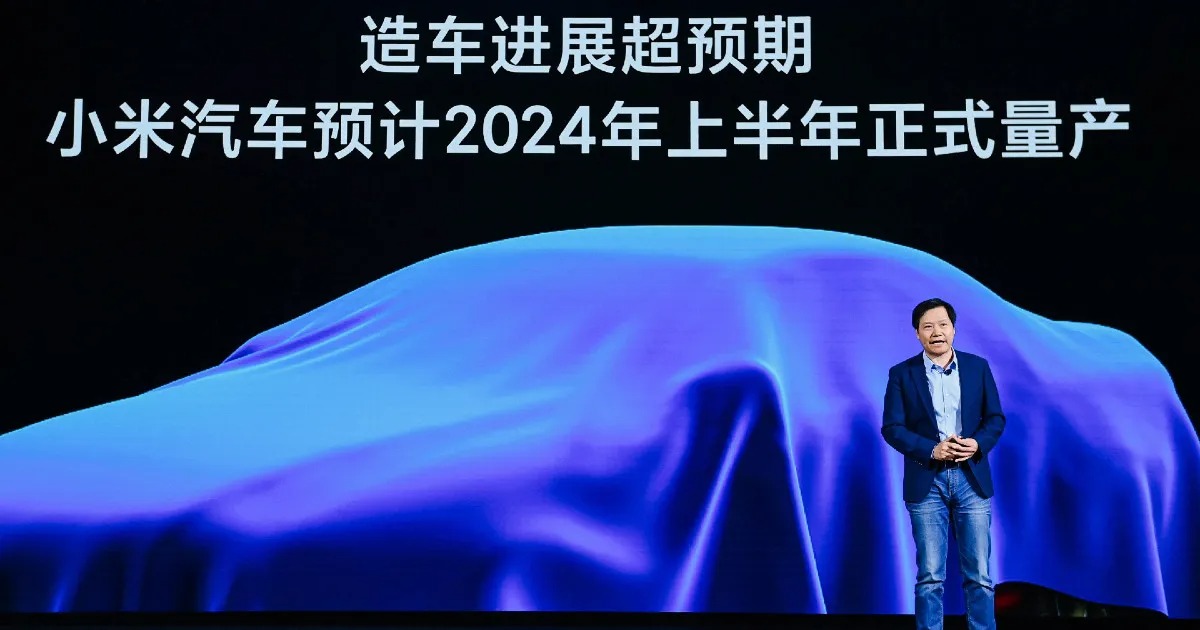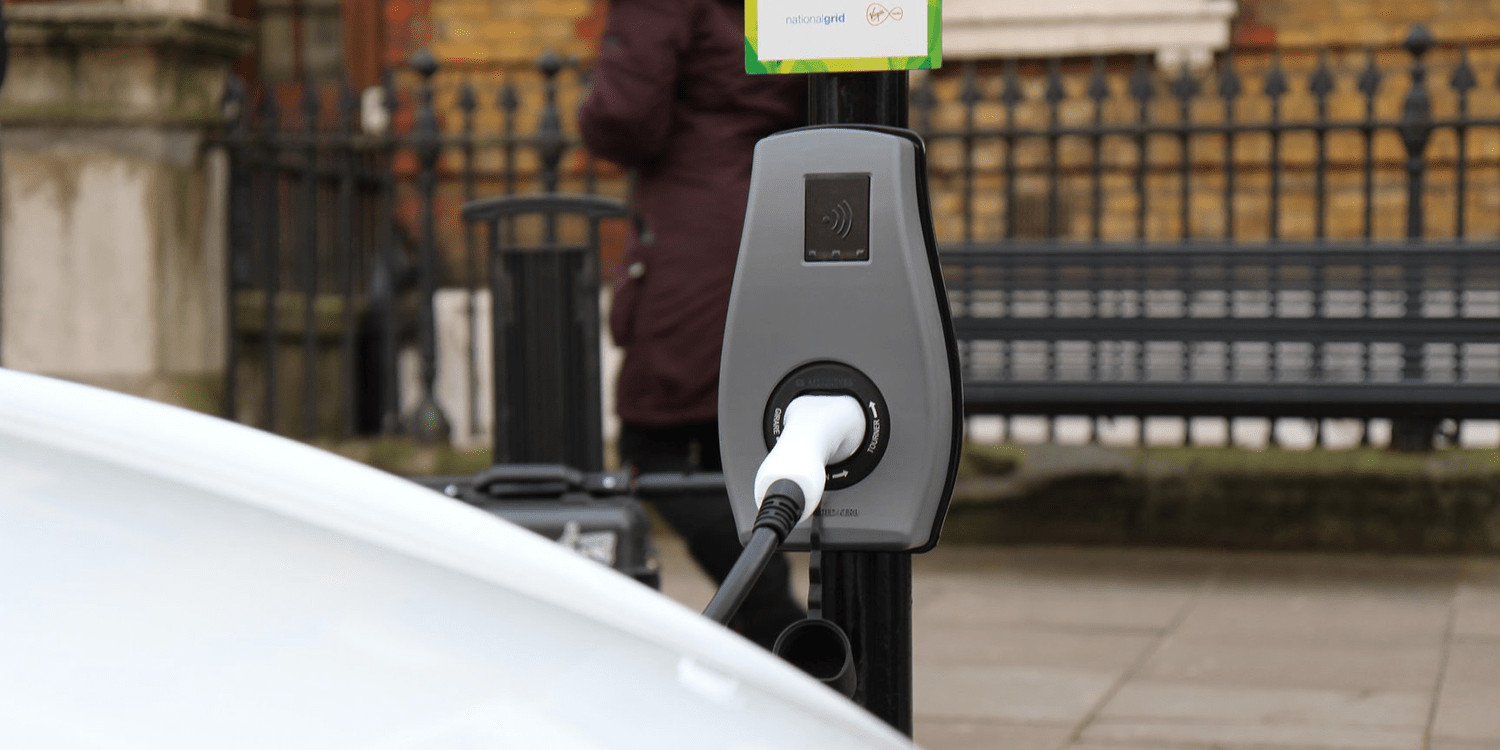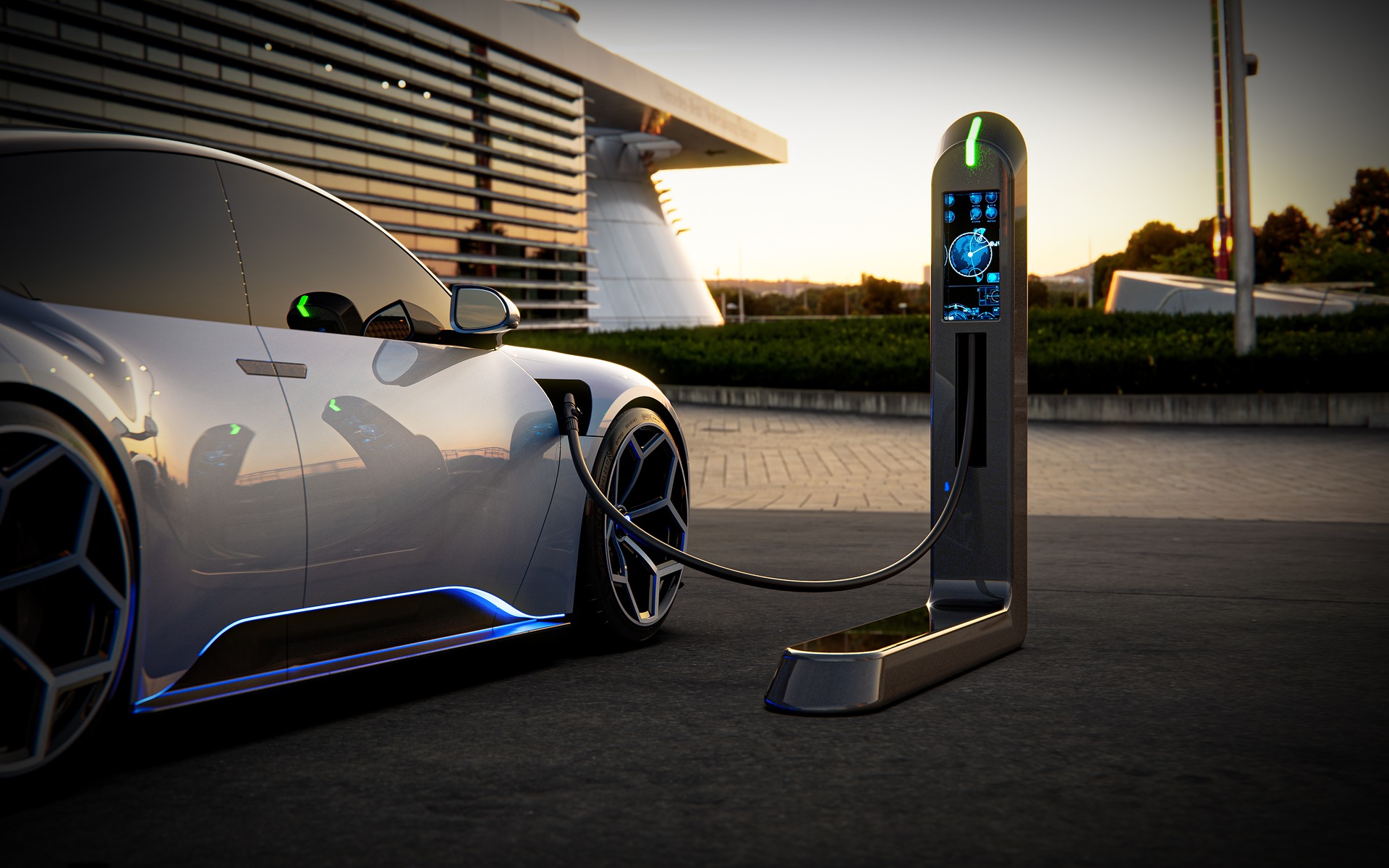Eight Hyundai Ioniq 5 are involved as secondary balancing power suppliers at eight charging stations in areas under the auspices of transmission network operator Amprion
The presence of the Hyundai Ioniq 5 in the vehicle-to-grid (V2G) project illustrates how electric vehicles can balance the grid in the face of intermittent energy supply and demand.
The V2G trial with eight Hyundai Ioniq 5s is meant to illustrate that a small number of vehicles, and vehicle-to-network technology can also make a significant contribution to the provision of balancing power.
The project was initiated by Hyundai, LG Electronics and Next Kraftwerke. The declared goal was to prequalify electric vehicles from Hyundai and provide secondary control power (SRL). Prequalification is the prerequisite for plants to be able to provide balancing power – in this case; charging stations and electric cars. The systems must prove their technical suitability, which Amprion has now succeeded in doing in the case of the Ioniq 5.
For the provision of secondary control power, the eight charging columns at the Hyundai site in Offenbach are combined in a sub-pool, which in turn is integrated into the Next Kraftwerke virtual power plant. LG Electronics has developed an app to forecast exactly when the vehicles will be at the charging station and are thus available for balancing power. Hyundai employees enter the charging times of the electric cars into this app. In addition, LG Electronics and Hyundai Motor Group have developed a cloud-based platform that pre-aggregates the facilities as a sub-pool and coordinates the provision of balancing power.
In order to test the secondary balancing power for possible use at private households in the future, wallboxes and a home storage system from LG are to supplement the sub-pool. The wallbox and home storage system have already proven their technical suitability for prequalification.
“The necessary and rapid expansion of renewables is accompanied by an increased demand for flexibility potential. As a transmission system operator, we are very interested in new approaches and technologies to be able to leverage these potentials. That’s why we are delighted with the success of the project as a positive example of intelligent sector coupling,” explains Markus Stobrawe, Head of Energy Market and System Balancing from Amprion.
An important finding from the project was that, based on the tested concept, it should be possible to integrate other locations and larger vehicle fleets into the pool.
The partners have not revealed whether there were any technical changes made to the Ioniq 5 cars used for the project. The onboard charger that Hyundai uses for its electric cars that are based on the E-GMP is V2X-capable, i.e. “Vehicle-to-Everything”, as already reported in 2020. So far, Hyundai has only used this technology for a so-called “vehicle-to-load” function: With V2L, an electrical device can be operated with up to 3.6 kW via a special adapter, just like at a socket. Hyundai already announced a number of vehicle-to-grid projects in April 2022, for which special software was developed for the onboard charger – the hardware corresponds to the series model. Project participants have not yet revealed whether this is also the case for the project in Offenbach.
Ioniq 5 with V2G to create world’s first energy system using bi-directional charging







